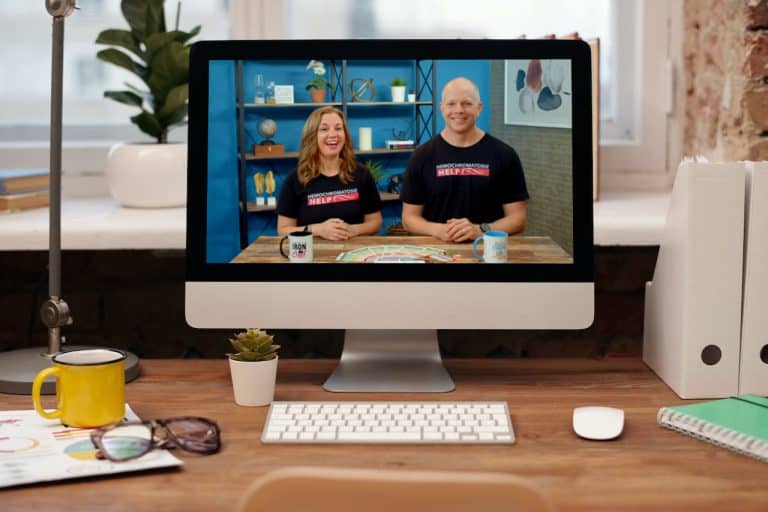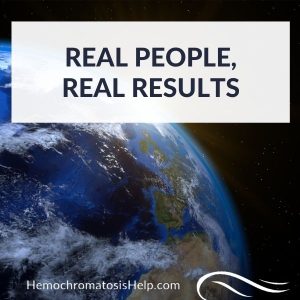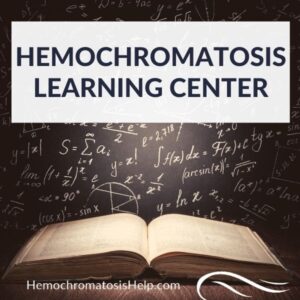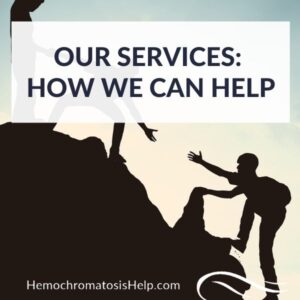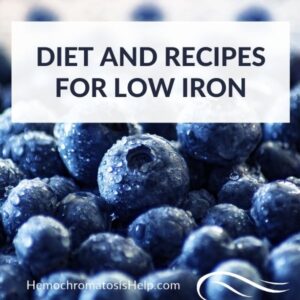The Most Important Facts to Know About Diet & Nutrition in Hemochromatosis
Understanding what to eat on a hemochromatosis diet can be incredibly confusing and downright frustrating.
Good information is hard to come by.
Many doctors tell their patients that diet doesn’t matter for hemochromatosis, while other physicians recommend overly strict guidelines.
Online resources may provide helpful information; however, they are often generic and don’t really teach a person with iron overload to truly understand how to eat healthfully with their condition.
Fortunately, there is hope!
After years of researching hemochromatosis and successfully working with numerous patients with iron overload in our naturopathic practice, my wife and I have developed a specialty for understanding the most important diet and nutrition considerations for hemochromatosis.
In short: if you would like to learn what foods to avoid if you (or a loved one) have hemochromatosis and what foods you should eat if you have hemochromatosis, consider this your starting “how-to” guide.
Let’s dig in.
In This Article:
What You Need to Know About Diet & Nutrition in Hemochromatosis
Eating a nutrient-rich, substantive diet helps us to stay strong and healthy.
A frequent response after first hearing a diagnosis of hemochromatosis is to stay away from any iron-rich foods.
It’s natural to feel anxious in this situation. If you are concerned with how to eat when facing iron overload, it is common to ask:
- How will my life change?
- What do I have to give up?
- Can I really never eat steak again?
- Should I become a vegetarian?
- Do I really have to stop eating healthy foods like spinach or oranges?
- What can I eat? I’m so confused?!?
I have some good news.
When thinking about the best choices for a hemochromatosis diet, you have a lot of options.
Of course, reducing foods high in iron makes a lot of sense, yet it is a rare situation to need to avoid a specific type of food entirely.
Here at Hemochromatosis Help, we like to emphasize what you can eat instead of what you should not eat. You’ll notice this theme running throughout both of our books as well as our instructional video course, something many of you have thanked us for over the years!
Focusing on what you can’t have generally leads to feelings of stress, anxiety, and guilt.
You’ll be surprised there are fewer restrictions than you might think!
Important Considerations to Keep in Mind for a Hemochromatosis Diet
My wife and I have done extensive research to learn everything we can about what a diet helpful for hemochromatosis looks like, and we’ve found that there are only a small number of strict dietary restrictions that would be smart to follow.
And, keep in mind that the severity of your condition will impact how much these “strict” restrictions matter.
Your level of iron overload will determine if you need to watch every milligram of iron or if you can be more generalized in your dietary approach.
The greater your level of iron overload, the more cautious you might want to be with your dietary choices.
The Most Important Foods To Avoid When You Have Hemochromatosis
The most important restrictions in a hemochromatosis diet include:
- Avoiding iron supplements
- Avoiding raw seafood
- Avoiding or strictly reducing alcohol
Iron supplements often contain much higher levels of iron than do foods. Additionally, supplemental iron is usually created for maximal absorption, and that’s the last thing we need! Make sure your multivitamin doesn’t have added iron, as this is a popular ingredient in women’s multivitamins in particular. The only exception to this rule might be if you’re pregnant, and in that case, I refer you over to our article on pregnancy and hemochromatosis for more information.
Raw seafood and hemochromatosis do not mix. A bacterium called Vibrio vulnificus is present in raw seafood and proliferates in an environment of too much iron. Though very rare, this bacteria has caused severe complications and even death.
Alcohol may compromise the health of our liver, which just so happens to be the most sensitive organ to iron overload. Plus, alcohol has an effect of enhancing iron absorption of food. The combination can be very serious. That being said, some types of alcohol, for some people, in moderation, might be okay to consume. I devoted an entire chapter to this subject in my book, Holistic Help for Hemochromatosis, because this is such a heated subject and of great importance to many people!
Iron-Rich Foods to Limit in Hemochromatosis
Avoiding all iron from food is impossible. Iron is present in foods you may never suspect contain iron, such as fruits and vegetables!
To have a healthy life and a balanced diet, even people with hemochromatosis have to eat iron.
[Want to read more about why iron is important? Check out this article on iron’s role in the body.]
If your symptoms are severe and your health is seriously at risk, being aware of which foods are higher in iron than others becomes important.
If you want a detailed list of the top iron-containing foods in every food group (meat, dairy, vegetables, grains, legumes, etc.) I highly recommend you check out my wife’s book, Cooking for Hemochromatosis. Even if you don’t like to cook, the extensive charts, analysis, and discussion of every food you can think of will make her book worth your while!
Understanding the Difference Between Heme and Non-Heme Iron
One important distinction to understand when evaluating the iron content of foods is whether the iron is “heme” or “non-heme.”
The way our body absorbs these two types of iron is very different.
Heme iron is found only in meat, poultry, seafood, and fish, so heme iron is the type of iron that comes from animal proteins in our diet.
Heme iron is more easily absorbed and is, therefore, a large source of dietary iron for people both with and without hemochromatosis.
Non-heme iron, by contrast, is found in plant-based foods like grains, beans, vegetables, fruits, nuts, and seeds. But don’t make the mistake of assuming it’s only in plants. Non-heme iron is also found in animal products such as eggs or milk/dairy. It also comprises more than half the iron contained in animal meat.
Non-heme iron is usually less readily absorbed than heme iron. Because of this, you may have heard that you can more safely eat foods with non-heme iron and not worry about how it contributes to your iron overload. This may be true in someone without the genetics of hemochromatosis; however, if you have hereditary hemochromatosis, even non-heme iron may cause problems due to the way our bodies absorb iron.
You can read much more about this topic in our in-depth article: Heme vs. Non-Heme Iron in Food.
You may also be interested in one of the most common questions we receive: Are Plant-Based Meat Alternatives Healthy for Hemochromatosis?
Iron-Fortified Foods and the Dangers for Hemochromatosis Patients
In the 1930s and 1940s, a new understanding of how nutritional deficiencies were related to diseases (such as anemia), as well as the poor nutritional status of the young men enlisting for WWII, led to the recommendation in the United States in the 1940s (and soon elsewhere in the world) to start adding iron and B vitamins to refined flour.
This practice continues to this day. Considered an important public health measure (for example, iron deficiency anemia is a huge global health crisis that especially affects women and children in the developing world), most refined grain is now enriched to replace the missing vitamins and nutrients that were removed during the milling process.
When a grain is enriched, however, instead of the original natural sources of vitamins and minerals, synthetic B vitamins and highly absorbable iron are added back into the flour. What is not added back are the protective fiber and the phytates (more about phytates in a minute.)
For someone with hemochromatosis, this means that the protective iron-blocking mechanisms of the grain (phytates) have been stripped away, but the iron itself has been put back in, often in amounts higher than were in the original grain and in a format that is more absorbable than the naturally occurring iron.
Enrichment of grains is a HUGE problem for the hemochromatosis community. In many countries, enrichment of grains is mandatory or at least the de facto standard. It is, at times, impossible to avoid.
This topic is too gigantic to cover in this article, but my wife covered it in extensive detail (including a breakdown of the different laws and loopholes in Australia, the UK, the European Union, the United States, and more!) in her cookbook. She also provides many alternatives, tricks, and solutions to getting around the consumption of iron-enriched foods. Check it out to learn more!
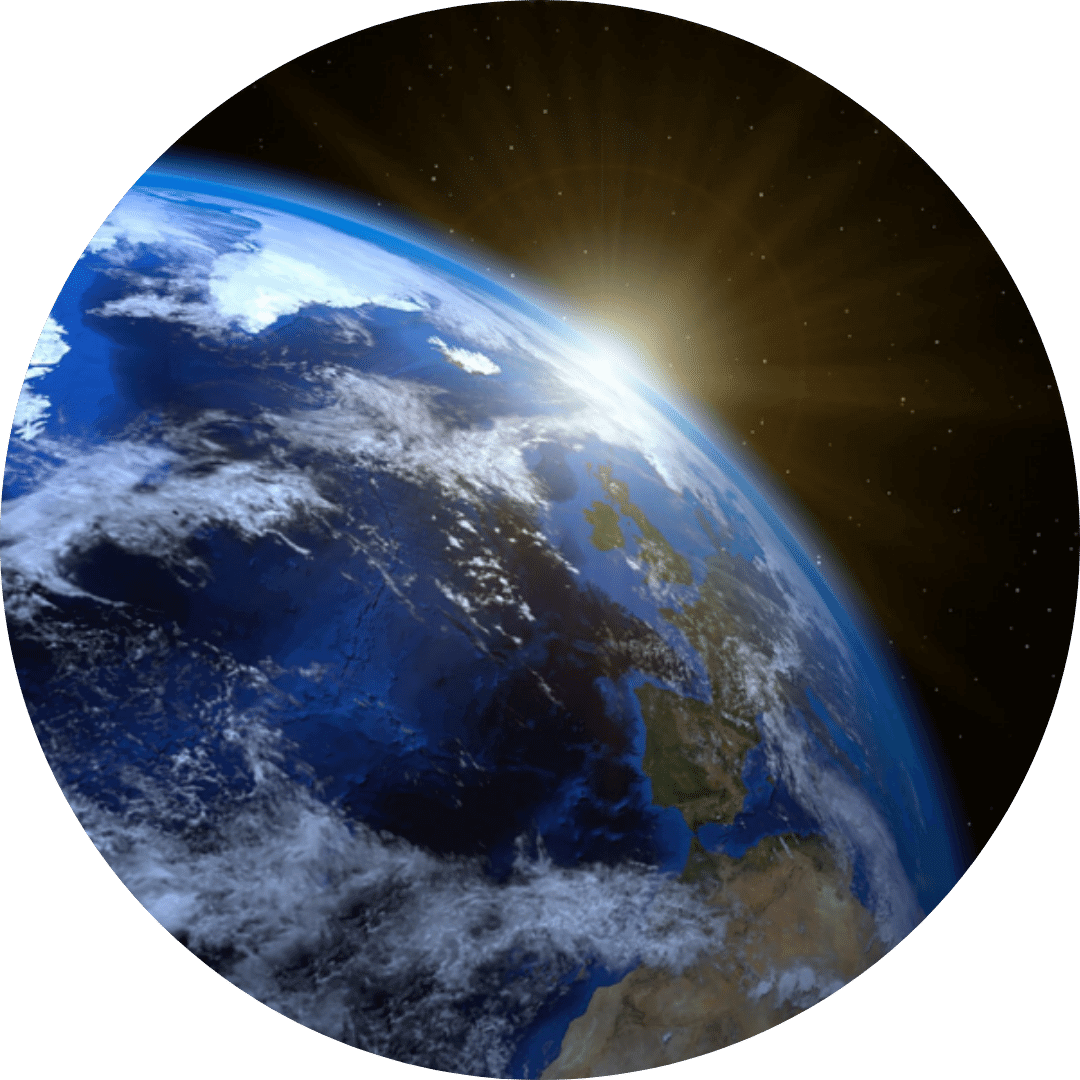
Would you like to read hemochromatosis success stories? Learn more here.
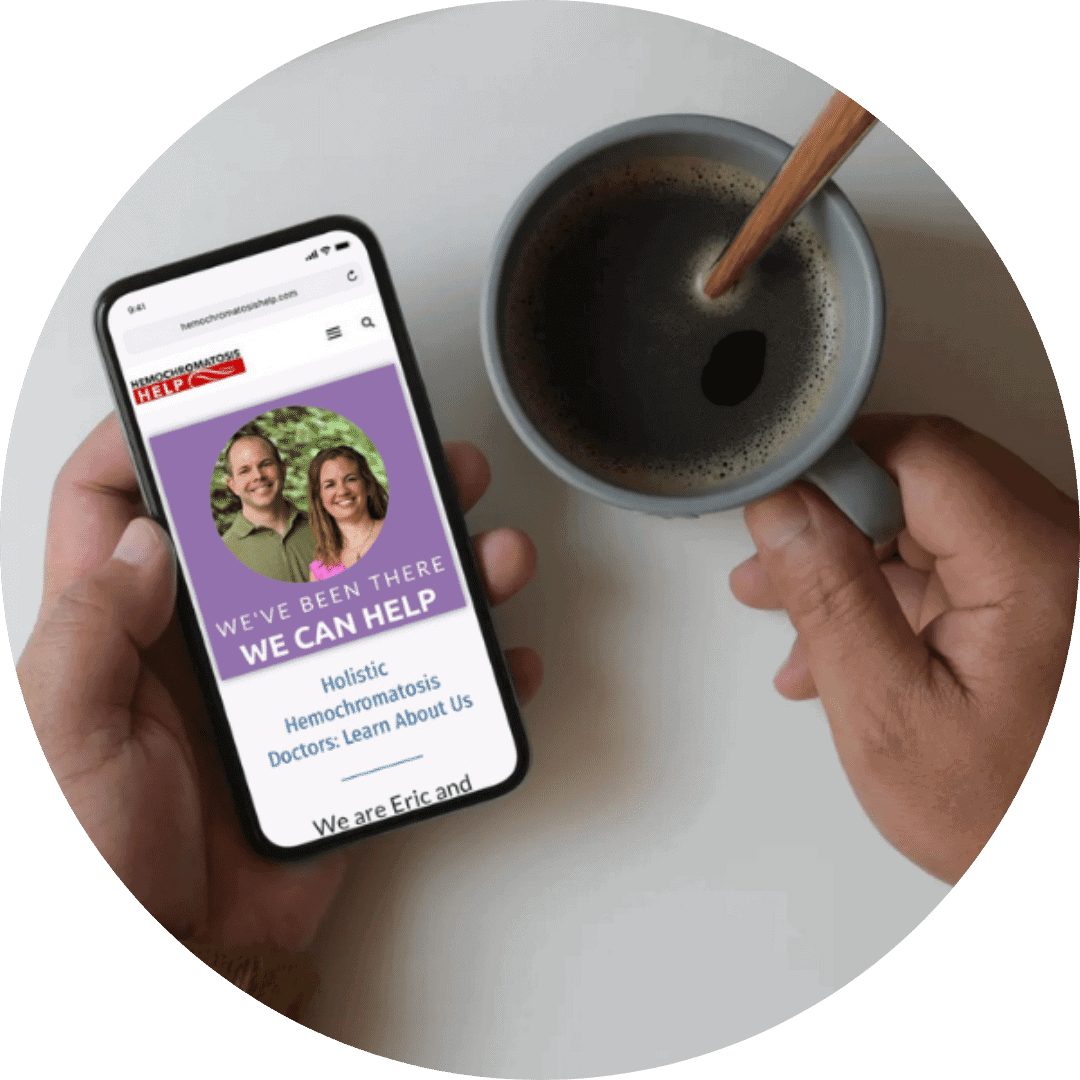
Would you like to learn more ways to help your hemochromatosis? Join our newsletter.
Non-Iron Nutrients That Impact Iron Overload in Hemochromatosis
Up until this point, I’ve only discussed the role that dietary iron plays in a hemochromatosis diet. But did you know that the other foods you eat at the same time as iron can play just a big a role as the iron itself?!
Just like in our article about the role that nutritional supplements play in hemochromatosis, nutrients can work in different ways to impact how iron is absorbed from the food you eat.
There are two main categories these other nutrients fall under:
- Iron Enhancers: Substances that increase the absorption of iron from your food, making the impact of dietary iron potentially worse.
- Iron Blockers: Nutrients that stop the iron from being as easily absorbed, resulting in less iron getting into your body.
Top Iron Enhancers: Foods that Make Iron Overload Worse in Hemochromatosis
The following nutrients specifically enhance iron absorption from meals. Whether from food or from a supplement, care should be taken to avoid these nutrients when consuming foods high in iron:
- Vitamin C
- Beta Carotene
While iron, vitamin C, and beta carotene are all essential nutrients that we cannot function without, a combination of these vitamins and minerals at the same time can have an additive effect on iron absorption.
The timing of when you take these foods is important. Please do your best to get your vitamin C and beta carotene away from iron ingestion to minimize their impact.
Top Iron Blockers: Foods that Limit Iron Absorption in Hemochromatosis
The following nutrients specifically reduce iron absorption from meals.
Whether from food or from a supplement, you may wish to include these health-enhancing and life-saving nutrients in your diet and supplement regimen:
- Turmeric
- Milk Thistle
- Green Tea
- Calcium
- Quercetin
- Resveratrol
- Polyphenols and Tannins
- Phytates
- Oxalates
If you have hemochromatosis, be sure to check with your doctor before starting any supplement, diet, or exercise routine.
A Diet Helpful for Hemochromatosis
Recall, hereditary hemochromatosis is a genetic condition of too much iron absorption.
A proper hemochromatosis diet, as a result, is often based upon other nutrient factors that enhance or diminish the uptake of iron by the body.
Certain food and supplement choices can absolutely make a positive impact.
We’ve seen this impact with our patients and in my personal experience. What you eat when you have hemochromatosis absolutely can make a difference in how you feel.
Pay attention to your iron intake, notice the iron blockers and enhancers, and aim for a healthy, delicious, and nutritious diet.
While I have outlined several restrictions to keep in mind, please understand that there are so many nutrients our bodies need.
Eliminating all iron, or all vitamin C, or all of any one type of food may backfire and create new health concerns.
Foods that happen to have some iron in them also often have an abundance of health-promoting vitamins, minerals, and macronutrients to help us be healthy and strong.
These foods should be included and not thrown out with the bathwater!
Nourishing our bodies and enjoying our food are just some of the many reasons why a hemochromatosis diet should not be too restrictive.
Bon Appetit!
Do You Want Help Knowing What To Eat When You Have Hemochromatosis?
This article only begins to scratch the surface of what we’ve learned over the years about how to eat a healthy diet with iron overload.
Our two books flush out this subject in great detail, including practical step-by-step guidelines, meal plans, shopping tips, recipes, and a breakdown of each substance (including many more we didn’t discuss here today!) so you can be empowered to know how to manage your iron overload without feeling like you are in “food jail” as one of our readers once told us.
If you’re looking for more help, check out these pages to learn more and to read a free sample of each book.

Holistic Help for Hemochromatosis Book
The Hemochromatosis Help Diet Book Engage Life on Your Terms Hemochromatosis Can Be Managed Successfully
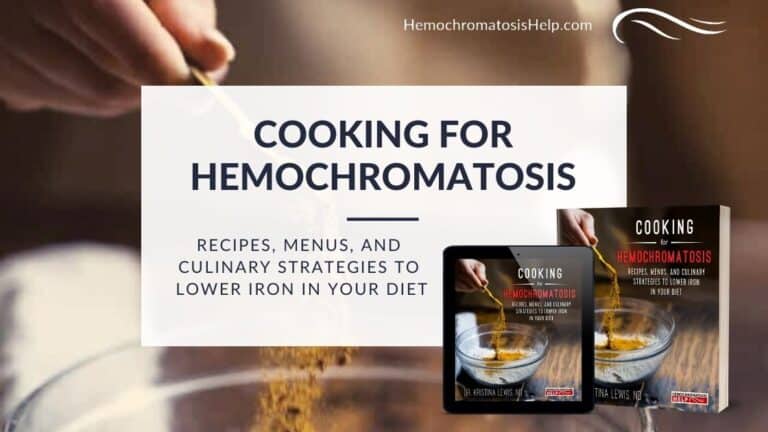
Hemochromatosis Help Cookbook
The Hemochromatosis Help Cookbook Discover New Recipes and Cooking Strategies to Reduce Your Iron Absorption:
Confident Eating with Hemochromatosis
If you want to take your understanding of a healthy hemochromatosis diet to the next level, you will love our instructional video course.
Hemochromatosis Demystified helps you make sense of what’s happening to your body when you have iron overload. You’ll get all the resources you need to finally eat without worrying, gain clarity on what this diagnosis means, and learn steps to follow moving forward. You may live with hemochromatosis 24/7, but you don’t have to go through it alone!
It’s the only online course in the world for patients with hemochromatosis!


